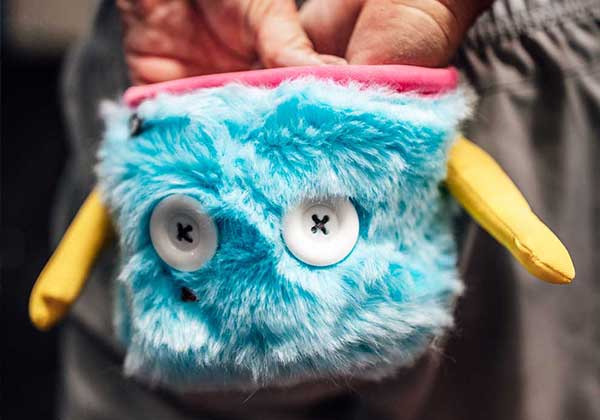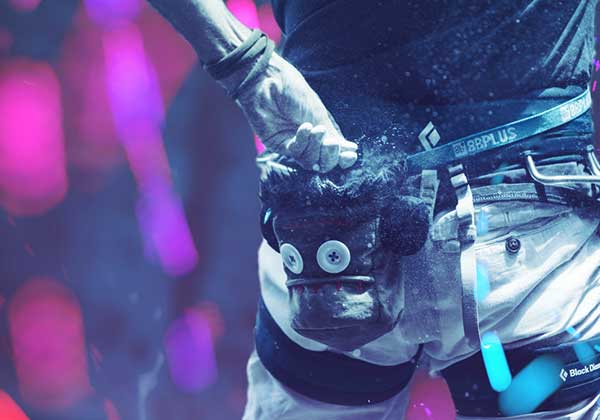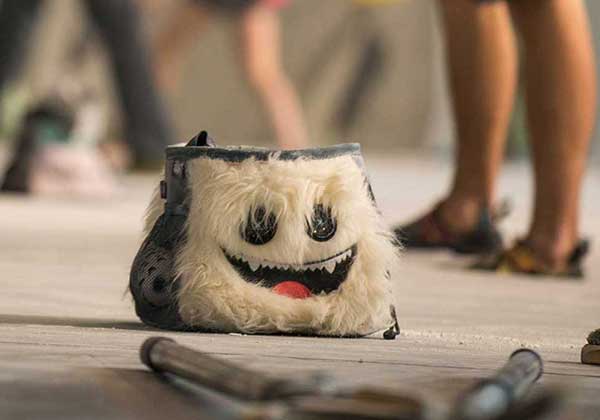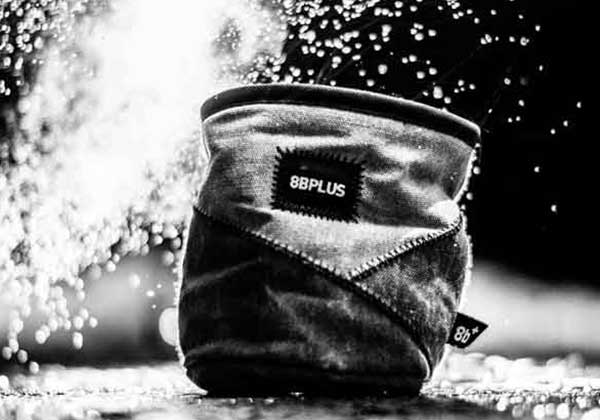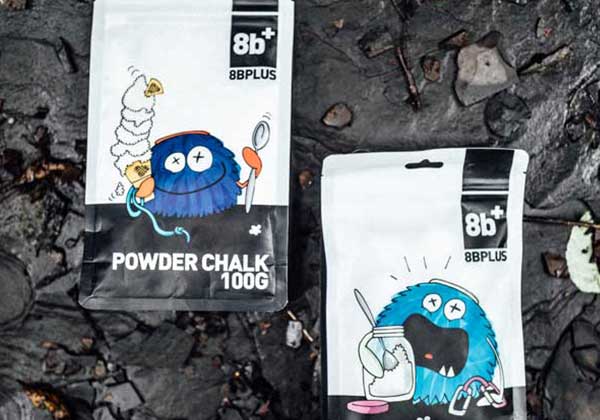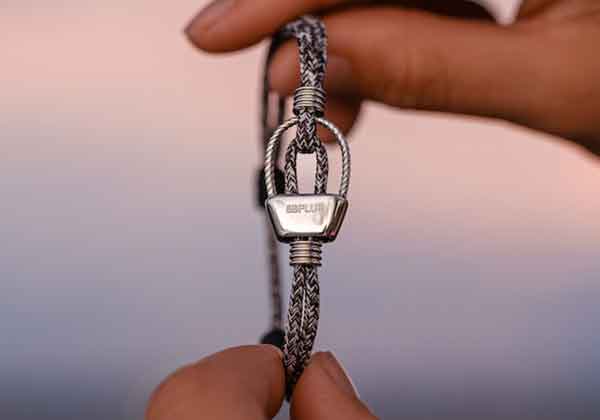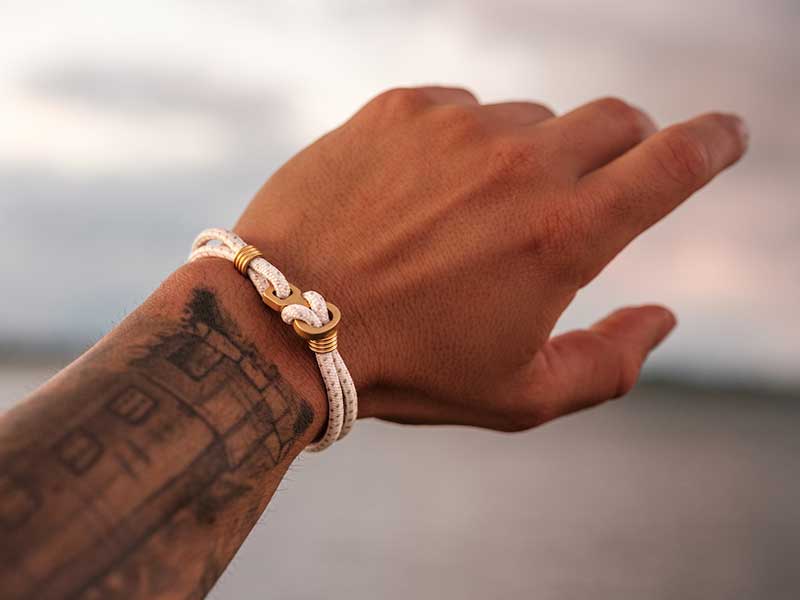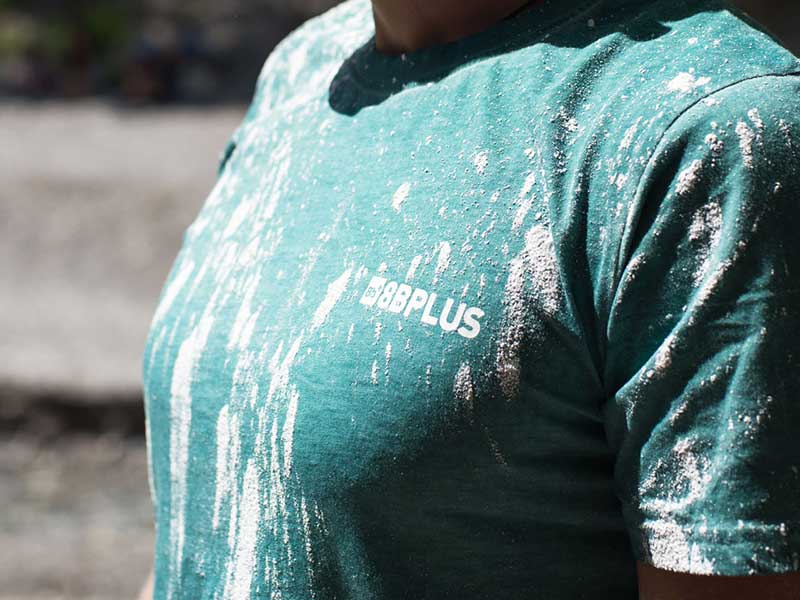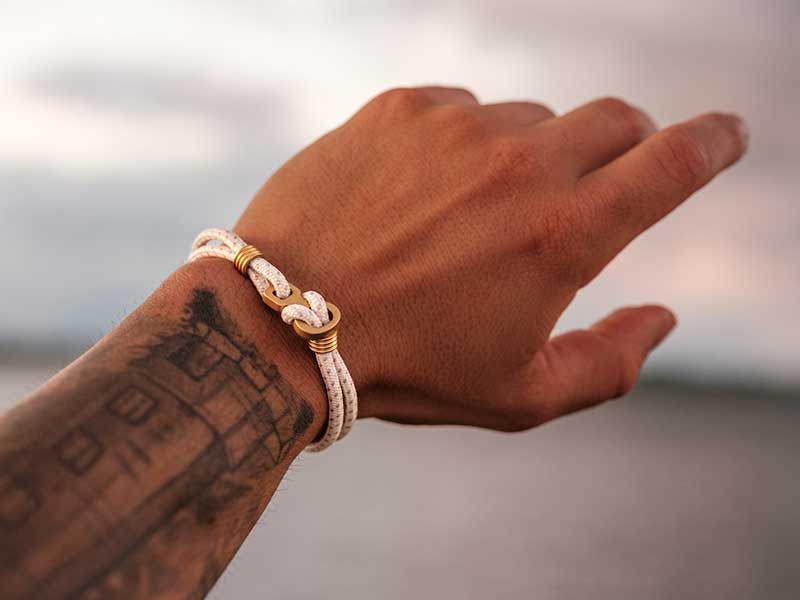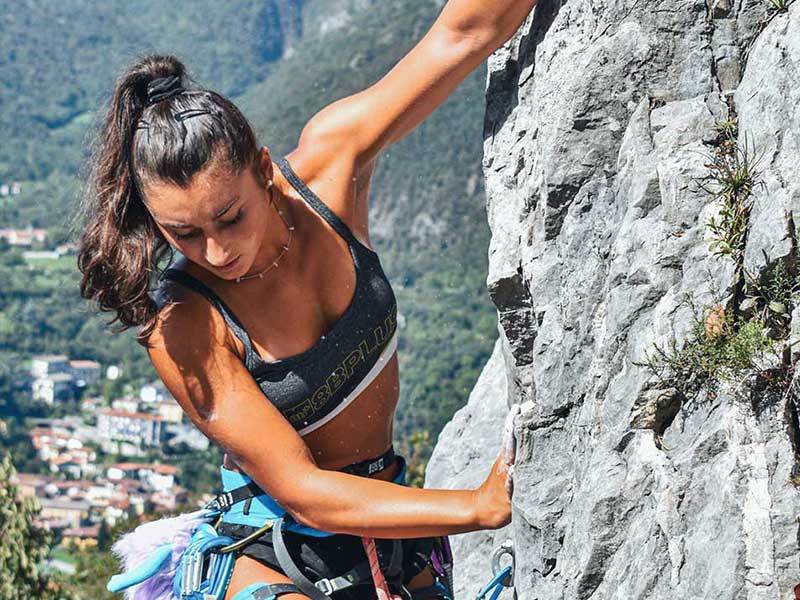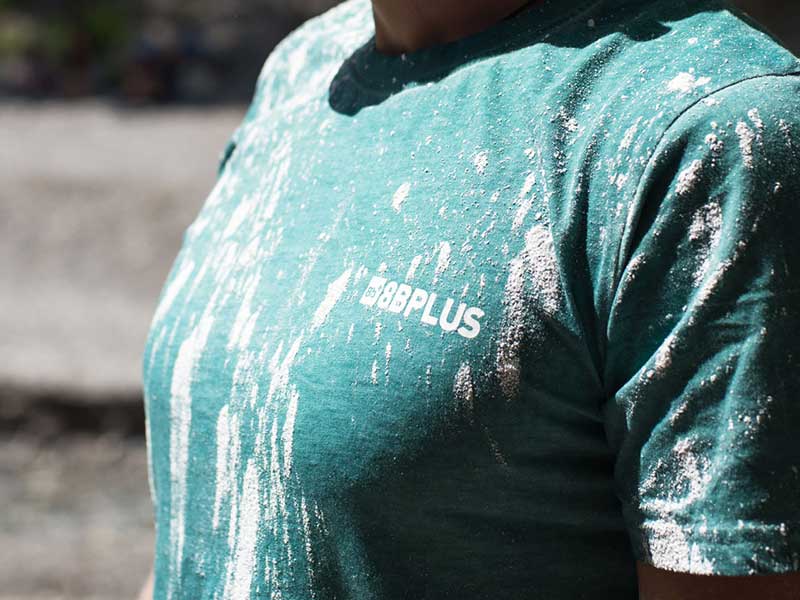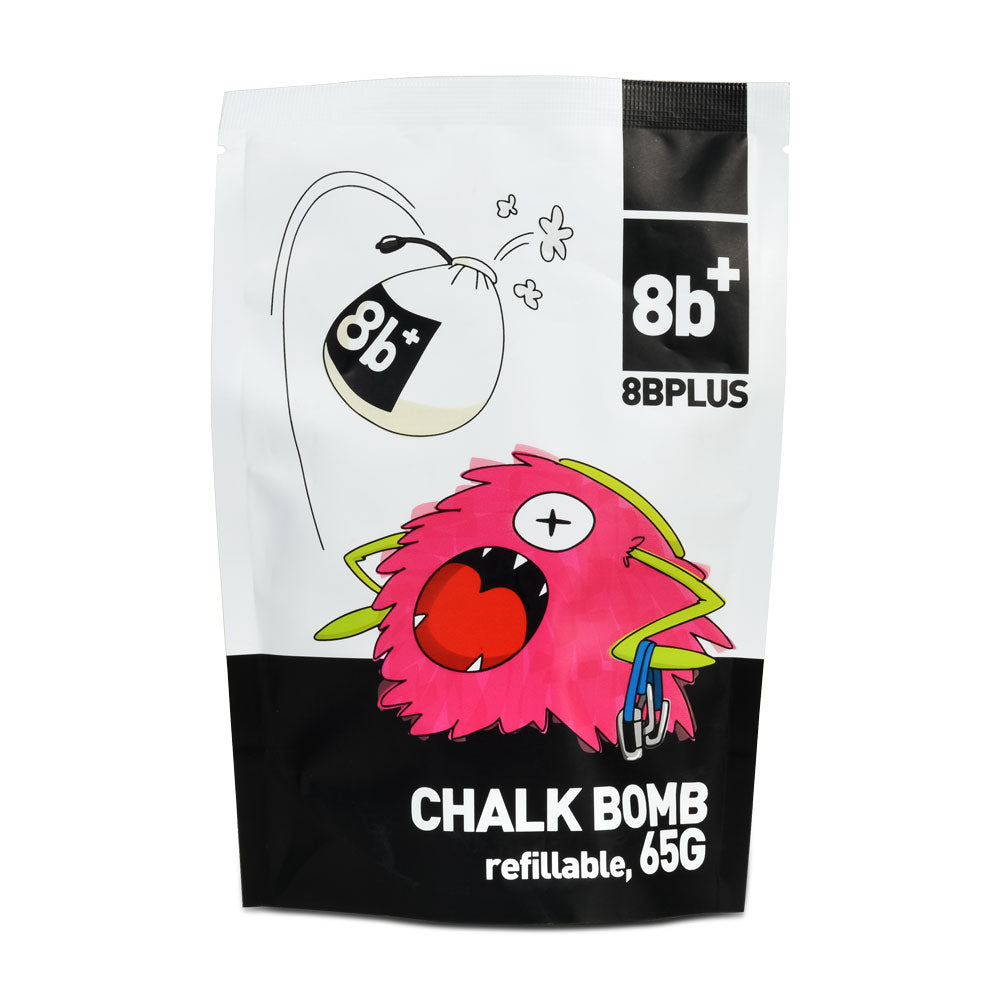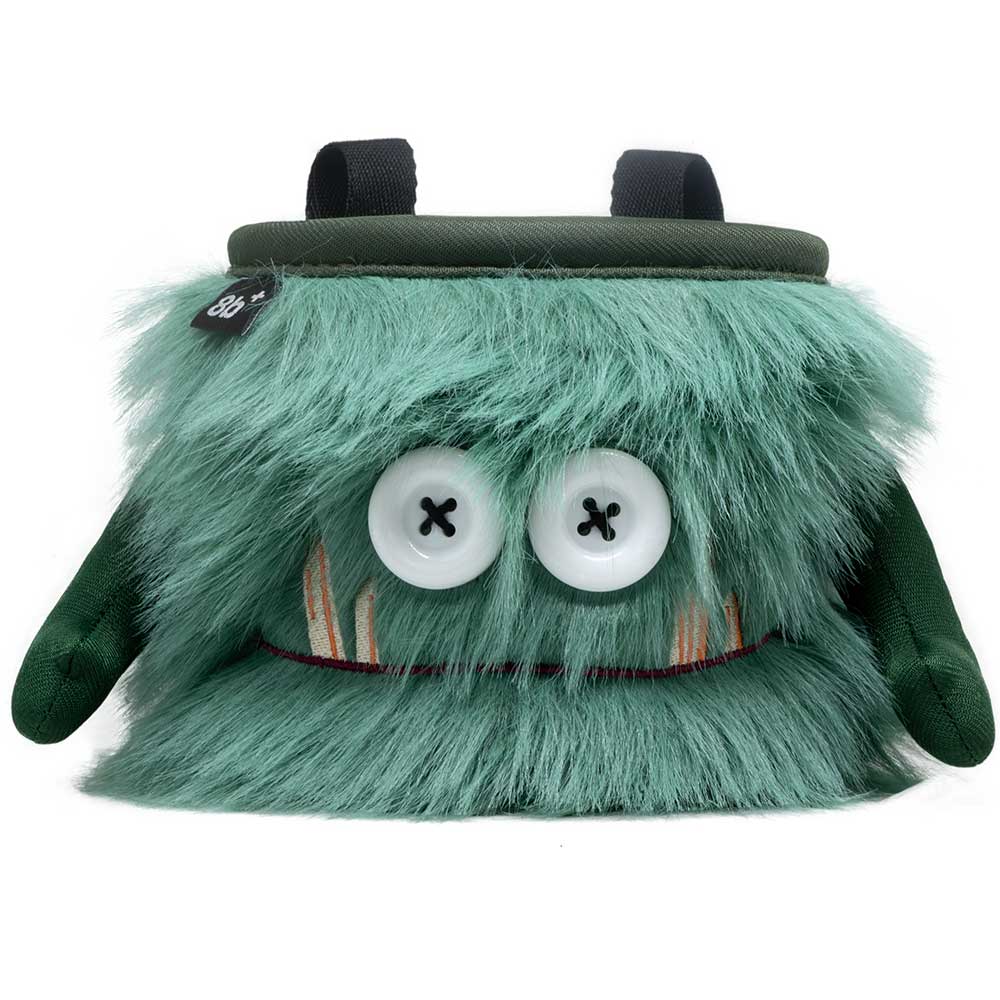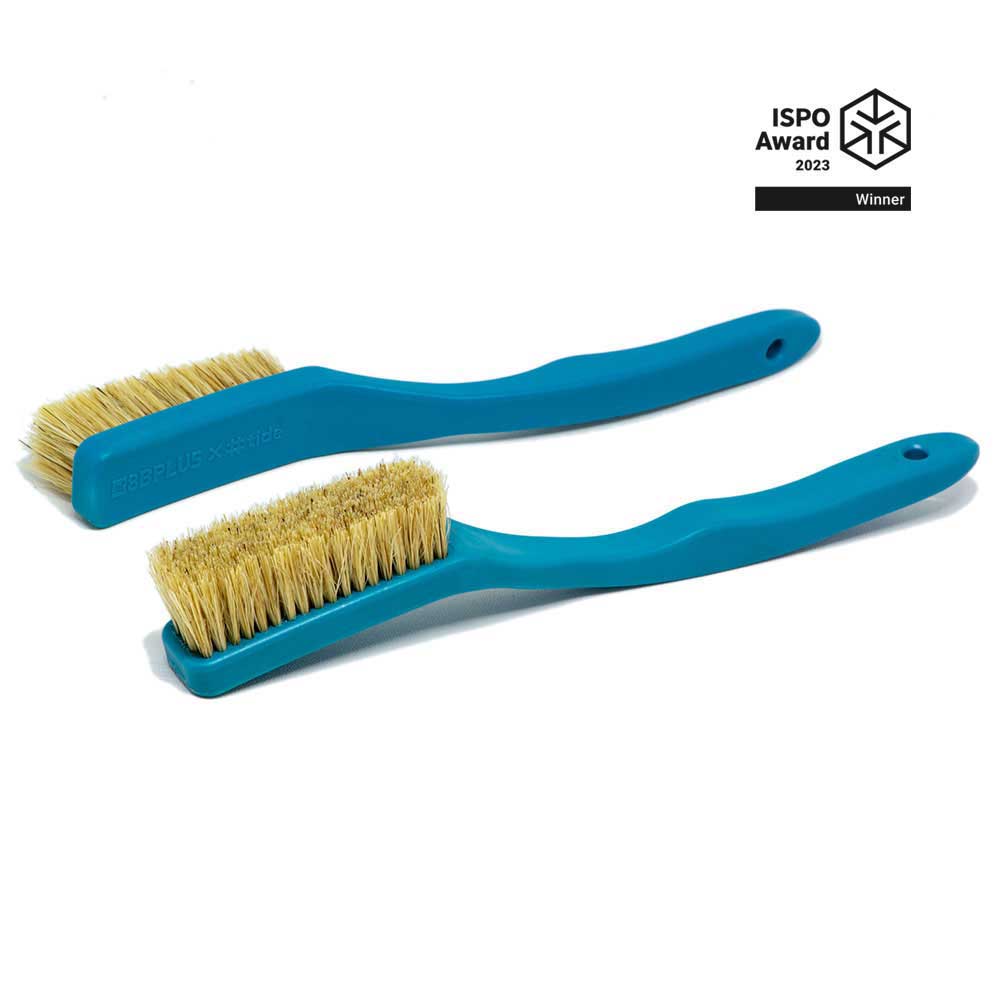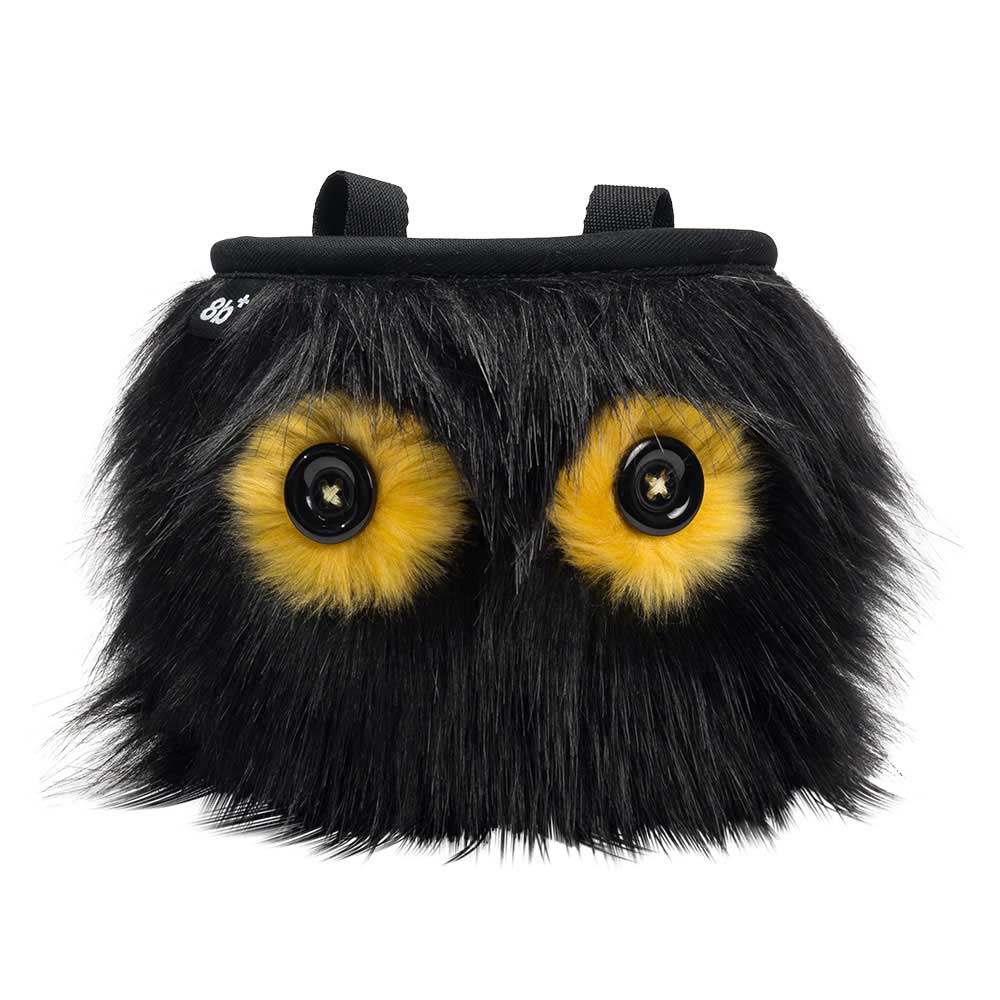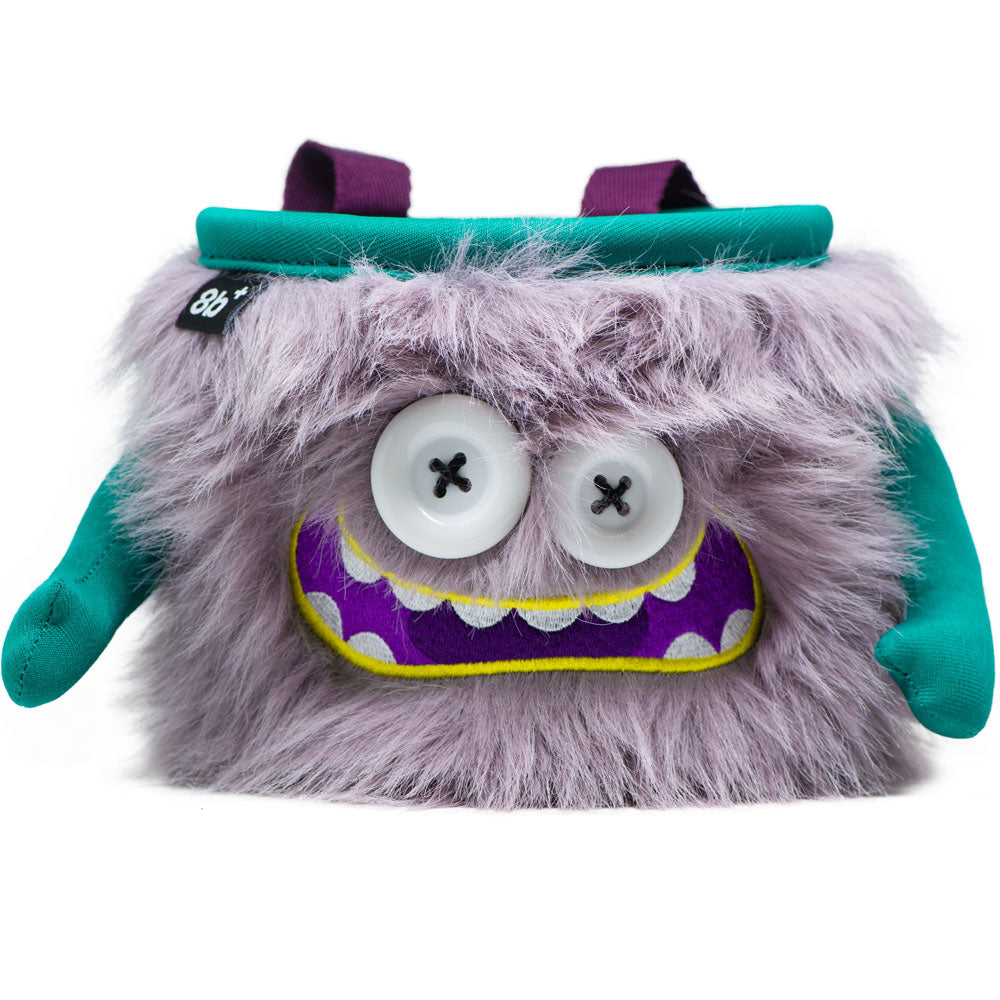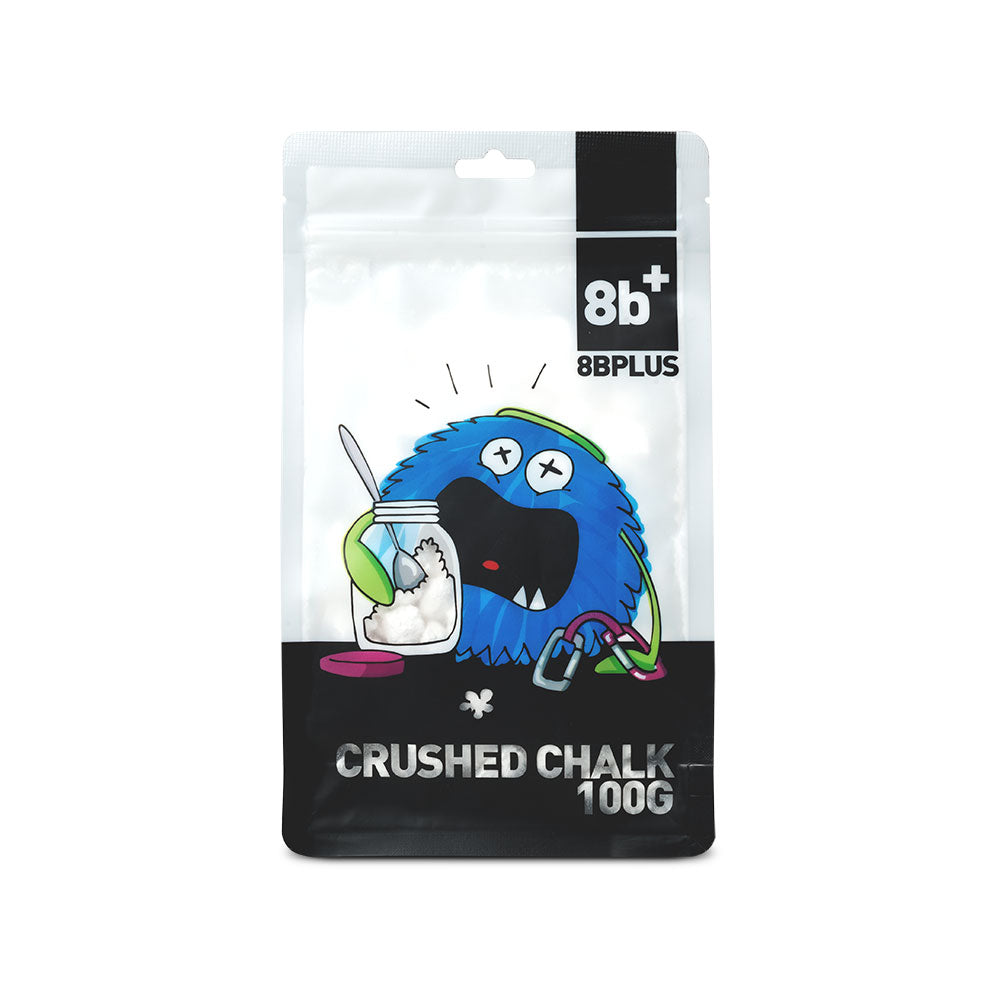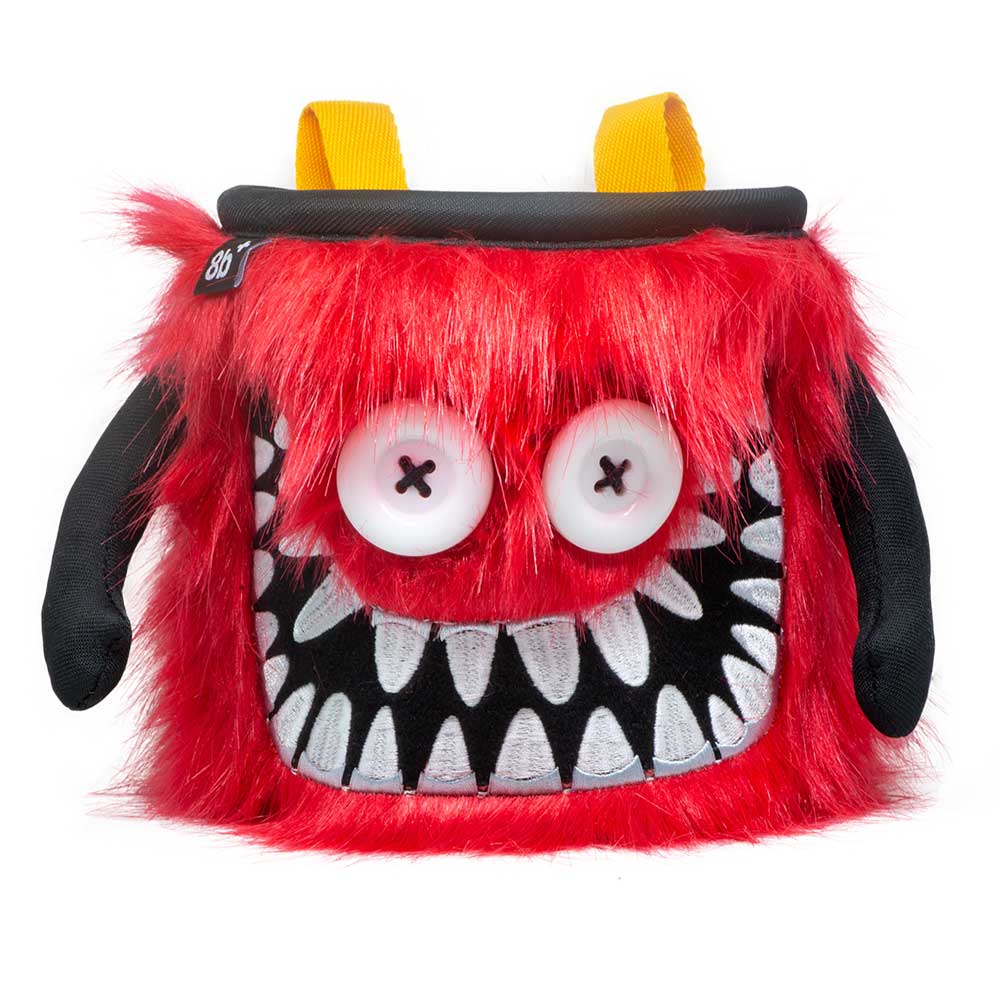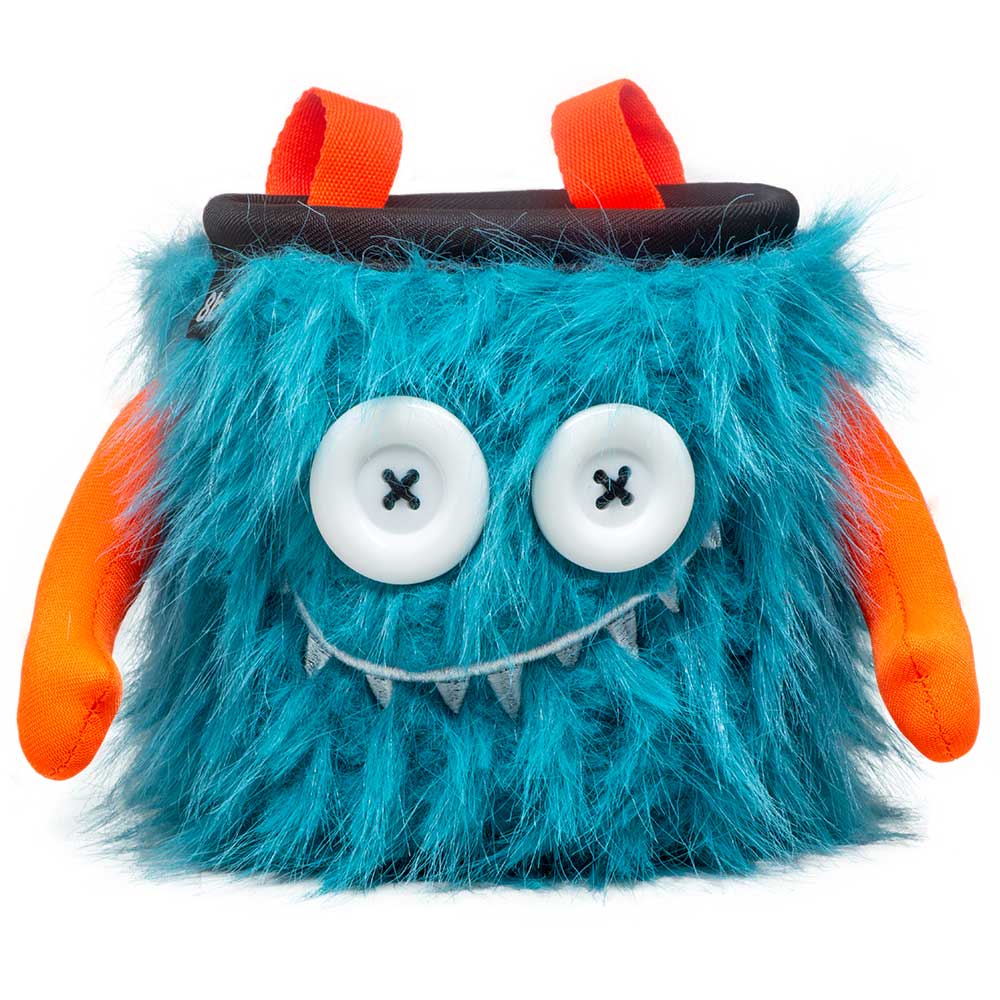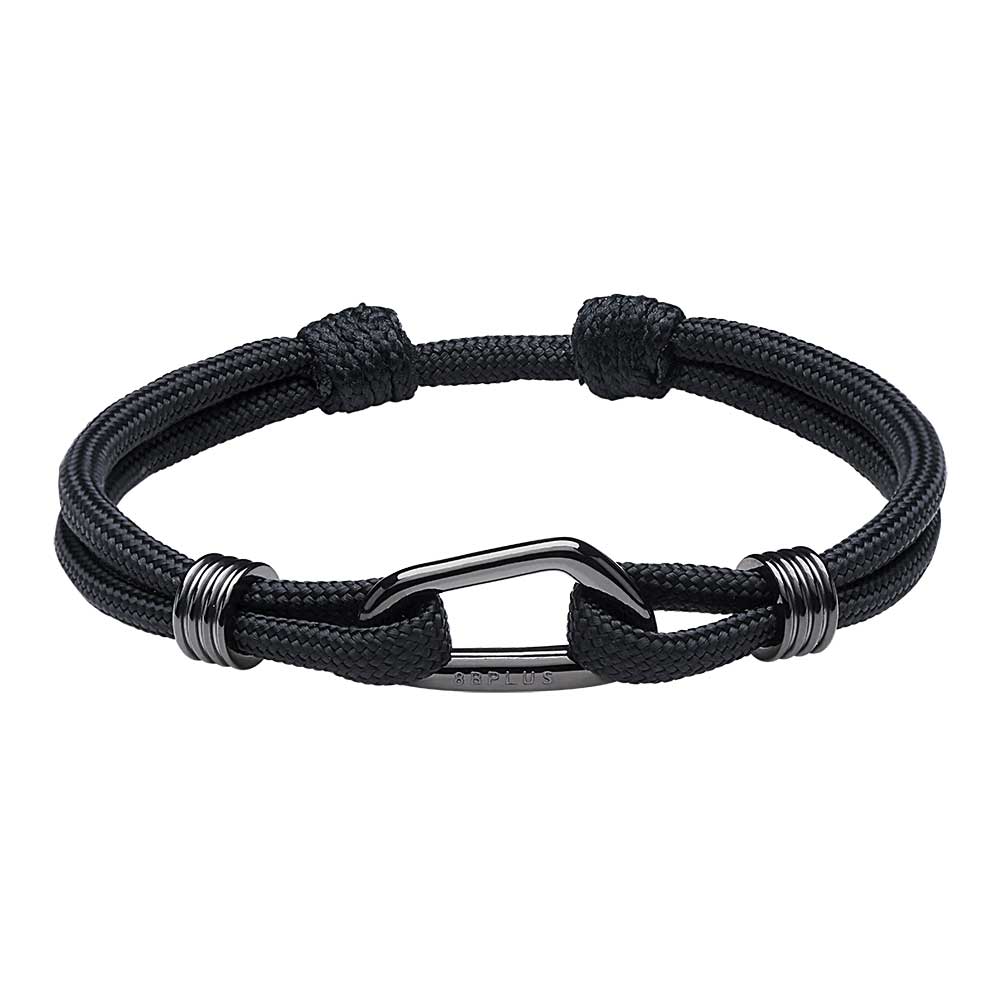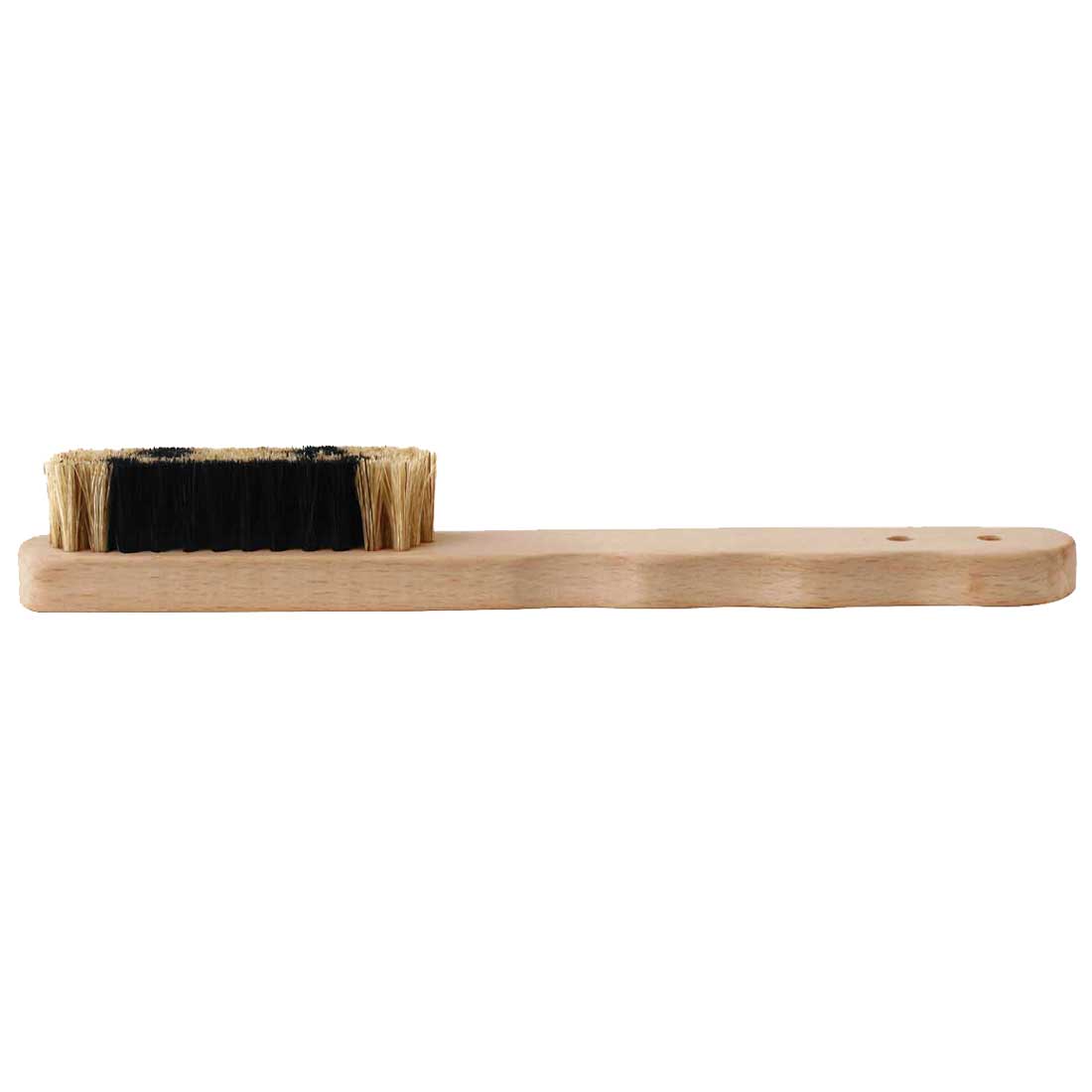
Sepp’s Tips on Choosing Climbing Gear to Keep Safe
Maybe it’s the Boulder Canyon in Colorado. Or Wye Creek in New Zealand. Perhaps Japan’s Narita or Haneda.
Possibly even all. You may have dreams of conquering all these climbing spots around the world. After all, it’s more than a sport or recreation or for you. It’s also a lifestyle or maybe even what you’d refer to a calling!
And the drastic boom in the sport climbing sector (there were 2,179 licensed athletes back in 2016!), shows how people are taking this blood-pumping activity more seriously.
At the same time, it also shows the ever-growing need for reliable and high-performance climbing gear. And now that you’ve had your fair share of beginner climbs, you want to start investing in your gear.
Take it from Sepp, you don’t want to joke about climbing gear. He spent two months tightly tied in a figure 8 knot at a rock. That’s some excellent quality rope if you ask me. Sepp has also all types of conditions so he is very serious about safety.
With that, Sepp would like to recommend the following tips on choosing the right must-have tools.
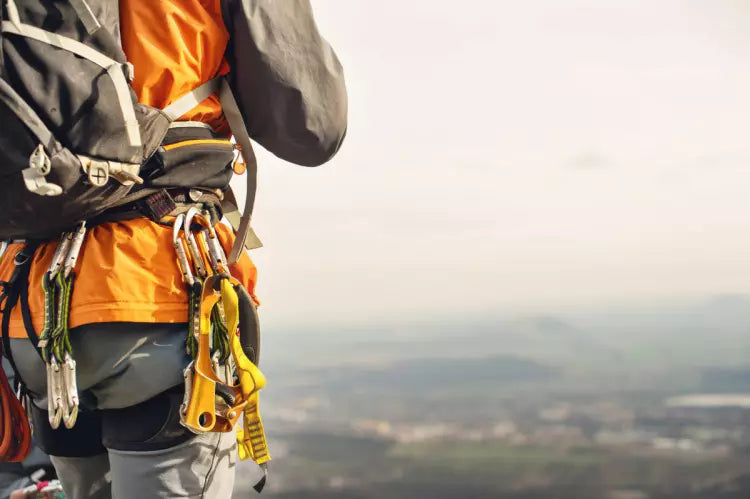
1. A Rope to Reach the Top and Not the End
Weight is a critical consideration affecting all other aspects of your climbing gear.
For instance, the rope you use can make all the difference in your moves during the final ascent, so make sure you choose one that clips easily and quickly. Also, a good climbing rope is one that won’t burden you with excess weight.
An excellent place to start is with a 9.5mm or 9.6mm line. This all-around rope, although lighter than those with bigger diameters, still has an impressive durability that it’ll take more than several falls for them to fray and break.
They’re also as unobtrusive and easy to handle as they are more compact than other rope sizes.
2. Remember: It Should Be Quick to Draw
Whether you’re in for the trad or the more competitive climb, the quick draw is one type of climbing gear you should always have. And they should still be easy and quick to draw. These are mostly available as standard or wired gate carabiners, with the latter boasting of greater ease-of clipping.
The quick drawback? They’re heavier than the wired ones. The right choice depends more on your preference. What’s important is to make sure you choose a carabiner with sufficient strength to support you during a fall.
3. Give Your Feet the Right Shoes, And You Can Conquer the Toughest Climbs
Okay, we kind of tweaked Marilyn Monroe’s quote, but what she said applies to climbing gear.
When it comes to climbing, it’s all about comfort, weight, and of course, proper fit! No matter how cool it looks on your feet, even the slightest dead space can be, well, deadly.
You want the shoe to remain rigid and firm on footholds. Your heel should fit snugly and your toes flat inside.
4. Don’t Delay the Belay
For most, the belay is often the first investment they make for their climbing hardware needs. And for many good reasons.
This device improves climber safety during belaying, while it lets the belayer handle their tasks with ease. Best of all, you’ll now find them in the auto-blocking, auto-locking, and tubular designs, with the last being the most popular.
For your first belay, you may want to for a tubular equipped with auto-blocking features. Not only is it the most versatile style; it’s also the easiest to use for beginners.
5. Don’t Skimp on Climbing Gear!
This is the last but most important tip of all. Yes, we know that climbing hardware can be pretty expensive, but they’re some of the things you won’t ever want to cut corners. They’re the only things holding you tight from a steep fall after all.
Need more insider tips? Subscribe to our newsletter using the form below.
